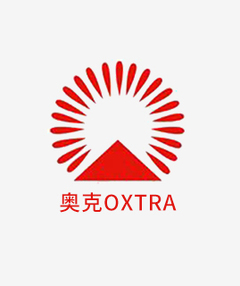Wetting agent 7518
DESCRIPTION and KEYPERFORMANCE PROPERTIES / Overview
JC-7518 is a siloxane-based bionic structural surfactant with excellent wetting flow smoothness and de-foaming effects,
Is a highly efficient product, suitable for a variety of coatings.
PRODUCT DATE SHEET / Product Information
Typical materialized data:
The data presented on this data page is only typical values, not a technical indicator of the product.
surface: Yellow to brown flowing liquid
Effective content: ≥99%
chemical composition: BisGemini siloxane compound
PRODUCT ADVANTAGES / Product Features
Strong versatility
Good wetting effect
Insteady bubble, antibubble sex
Good flow leveling performance
APPLICATION GUIDELINES /Application Information ●
Water-based wood paint ●
Water-based industrial paint ●
printing ink ●
building coating ●—— specifically recommended ; ○—— recommended paint in supplied or pre-diluted state.After JC
-7518, defolagent, floping and / or wetting were added
assistant.Check for foam, wetting, and compatibility.Add only some more aids, if necessary.
USE / Recommended Amount
Total formula in the form of supply: 0.05-0.5%
The above data are an empirical amount, and the best amount needs to be determined through a series of trials.
SAVE and PACKING / Storage and Packaging
-25kg
-A 180kg ring plastic bucket
When the original seal is not stored between 0 °C and 40 °C, the product shelf life is at least 24 months from the date of production.
Nonionic surfactants are surfactants in molecules containing ether groups that do not dissociate in aqueous solution as the main hydrophilic groups, and their surface activity is embodied by neutral molecules. Nonionic surfactants have high surface activity, good solubilization, washing, electrostatics, calcium soap dispersion, and other properties, with little irritation, as well as excellent wetting and washing functions. The applicable pH value range is wider than that of the general ionic surfactants and can also be used in conjunction with other ionic surfactants, where the addition of small amounts of non-ionic surfactants results in an improved surface activity of the system. Non ionic surfactants can be classified into polyoxyethylene, polyol, alkanol amide, polyether, amine oxide types according to the structure of the hydrophilic groups.






















